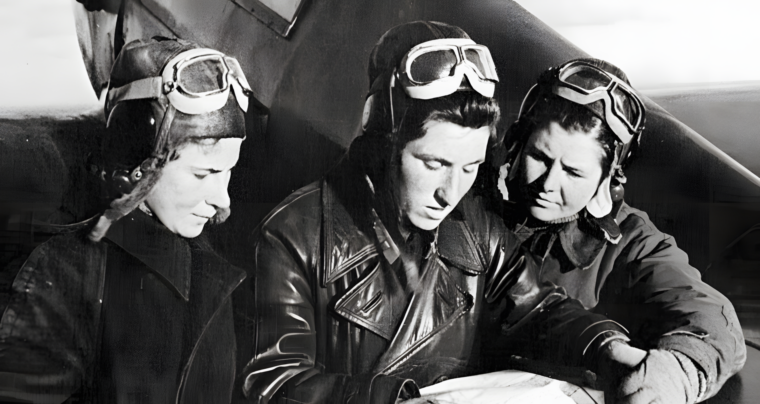
Stalingrad
Lilya Litvak: The Red Air Force’s Female Fighter Ace
By Michael D. HullWhen German panzer and infantry columns rumbled across the frontier into Russia on June 22, 1941, the Soviet Air Force was woefully unready for war. Read more

Stalingrad
When German panzer and infantry columns rumbled across the frontier into Russia on June 22, 1941, the Soviet Air Force was woefully unready for war. Read more
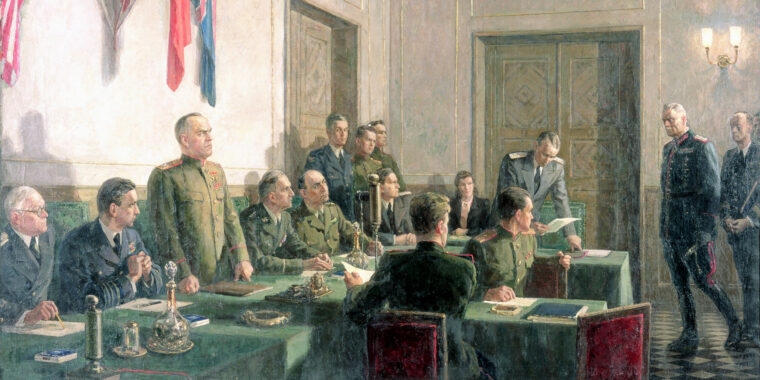
Stalingrad
Within his reinforced concrete bunker, 50 feet below the garden of the New Reichs Chancellery on Berlin’s Wilhelmstrasse, German dictator Adolf Hitler, his soon-to-be bride Eva Braun, and several hundred friends, SS guards, and staff members could feel the concussion and hear the unending drumroll of thousands of Soviet artillery shells reducing the already-battered capital city of the Third Reich to unrecognizable rubble. Read more
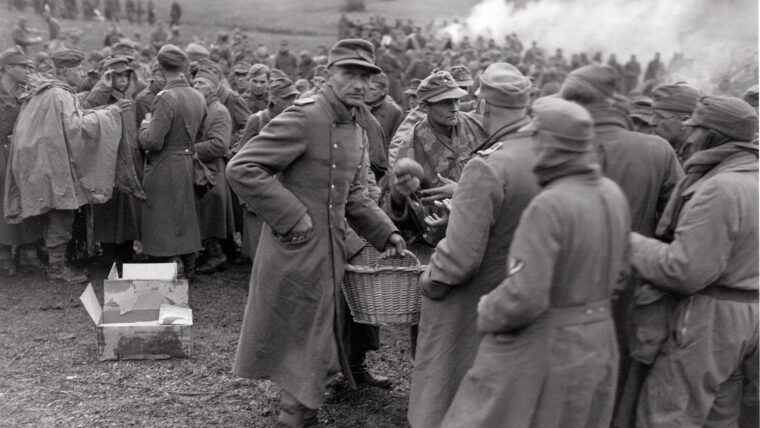
Stalingrad
It was an impressive sight. Upon the reviewing stand as honored guest was General Dwight D. Read more
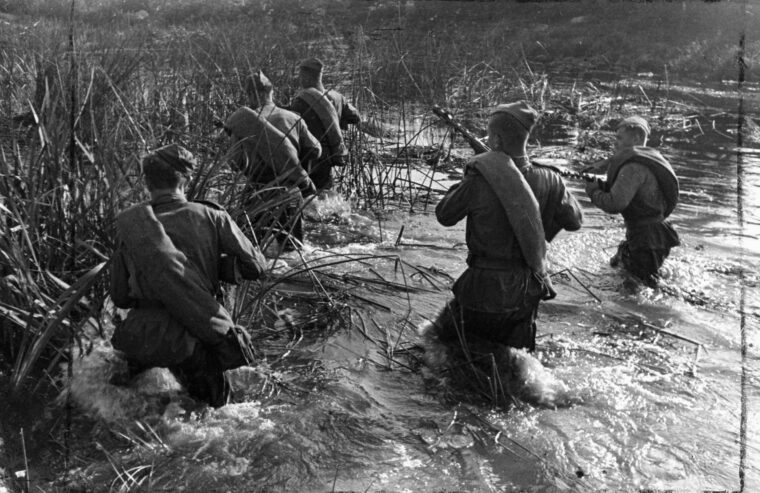
Stalingrad
The charred remains of men and machines scattered through the Kursk salient in July 1943 signified the death knell of the last attempt by the German Wehrmacht to regain the initiative on the Eastern Front. Read more
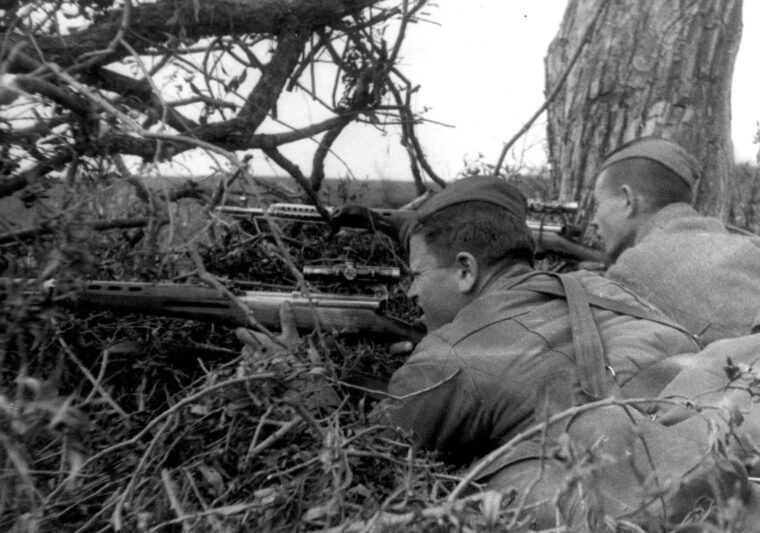
Stalingrad
Snipers played an important a role in World War II, just as much as any tank, airplane, or artillery piece. Read more
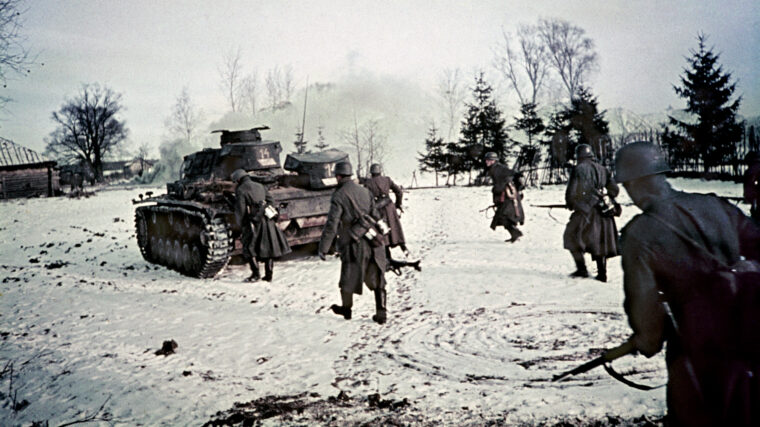
Stalingrad
Many consider the Battle of Moscow in late 1941 to be the first turning point of World War II on the Eastern Front. Read more
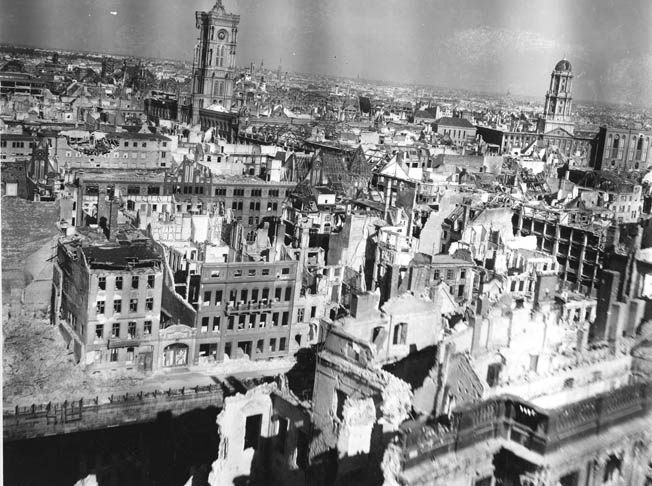
Stalingrad
World War II spanned six long years from 1939 to 1945. The Allied powers, principally The United States, Great Britain, and the Soviet Union, defeated the Axis powers, led by Nazi Germany, Imperial Japan, and Fascist Italy. Read more

Stalingrad
Born in Branau, Austria, on April 20, 1889, Adolf Hitler rose to lead the Nazi Party in Germany during the 1920s and was appointed the nation’s chancellor in 1933. Read more

Stalingrad
The wide tracks of Soviet T-34S and colossal KV-1S crunched through the snow. Night had fallen west of Belgorod on March 15, 1943. Read more
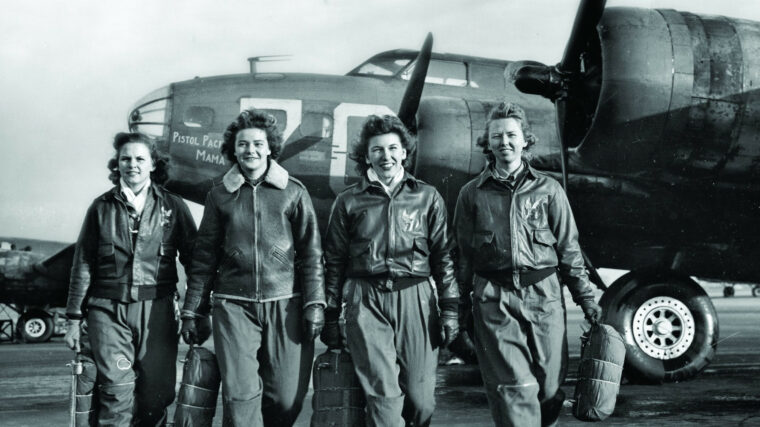
Stalingrad
In 1941 two events took place on opposite sides of the world that forever impacted the history of women in aviation. Read more
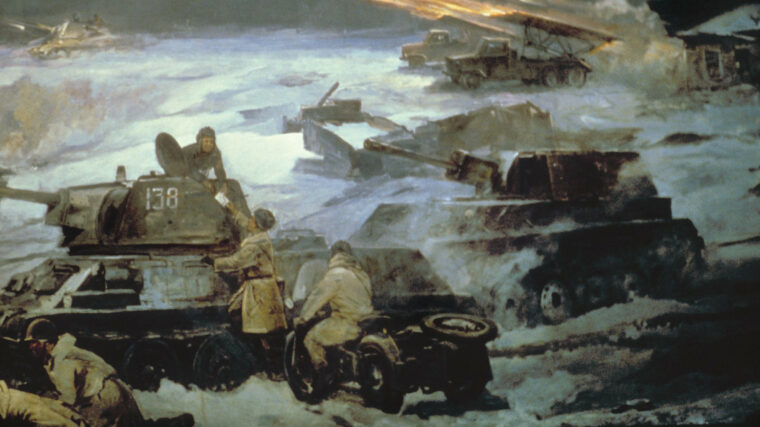
Stalingrad
The area between the Baltic Sea and the Carpathian Mountains had been relatively quiet since the end of Operation Bagration late in the summer of 1944. Read more
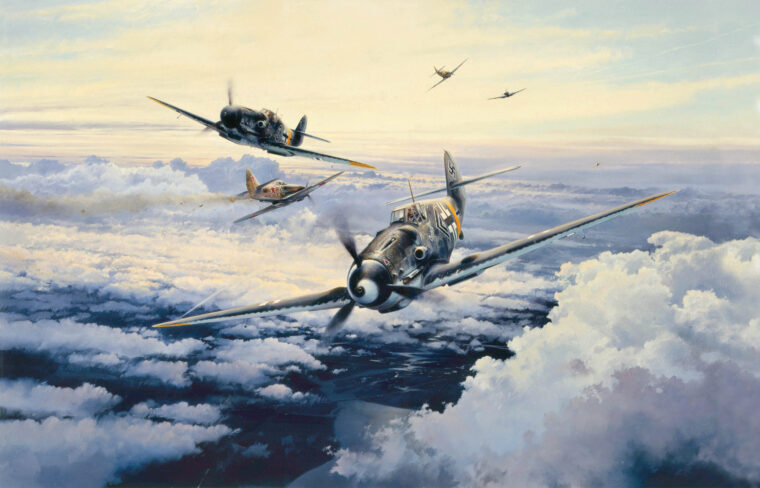
Stalingrad
By May 8, 1945, Adolf Hitler had been dead for more than a week. Germany was in the act of formally surrendering to the Soviets and the Western Allies, so occupying Red Army troops in the eastern German town of Brunn were not expecting to witness what may have been World War II’s last dogfight over Europe. Read more
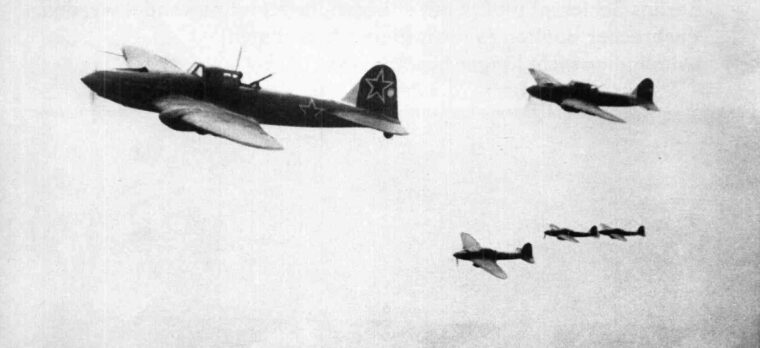
Stalingrad
Vasily Emelianenko led an Ilyushin Il-2 Sturmovik, or “Storm Bird,” flight in late June 1942 against a German-held airfield near Artemovsk in eastern Ukraine, flying low up a deep ravine to avoid detection. Read more
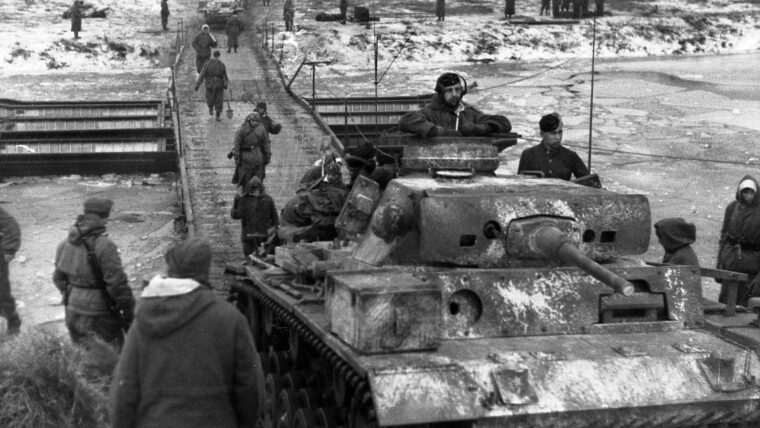
Stalingrad
It was November 24, 1942. Speeding across the snow-covered landscape of eastern Ukraine, the personal command train of German Field Marshal Erich von Manstein was on its way to the southern Russian city of Novocherkassk, where he would take up his new assignment as commander of Army Group Don. Read more
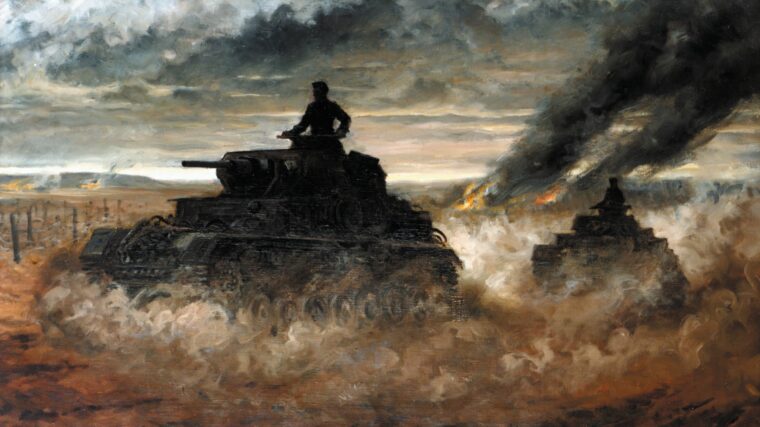
Stalingrad
While many in the English-speaking world have heard of Erwin Rommel and Heinz Guderian, few today know the name of Otto von Knobelsdorff, a German panzer general who commanded troops in battles every bit as pivotal as his contemporaries did, in quantity and quality, and who also fought against General George S. Read more
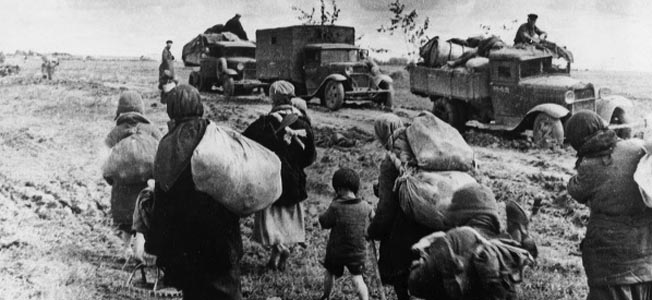
Stalingrad
In the fall of 1941, the Polish writer Aleksander Wat, recently released from confinement in a Soviet prison, made his way east across the vast expanses of the Soviet Union. Read more
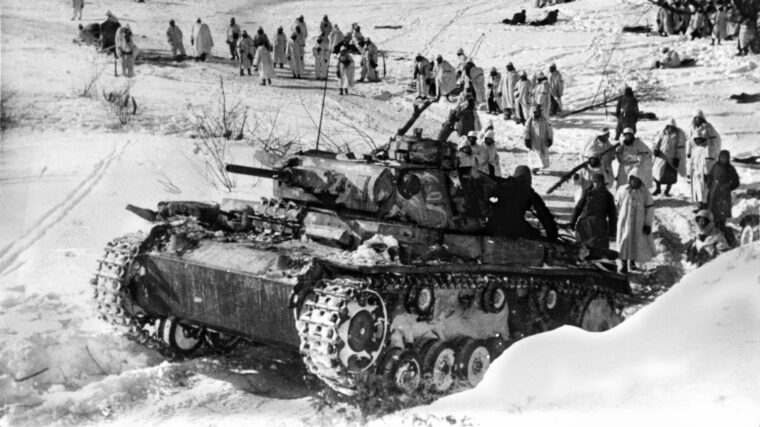
Stalingrad
On the surface it may seem odd that men of conquered nations would eagerly sign up to fight for their masters, but that is exactly what happened in Scandinavia in the 1940s. Read more
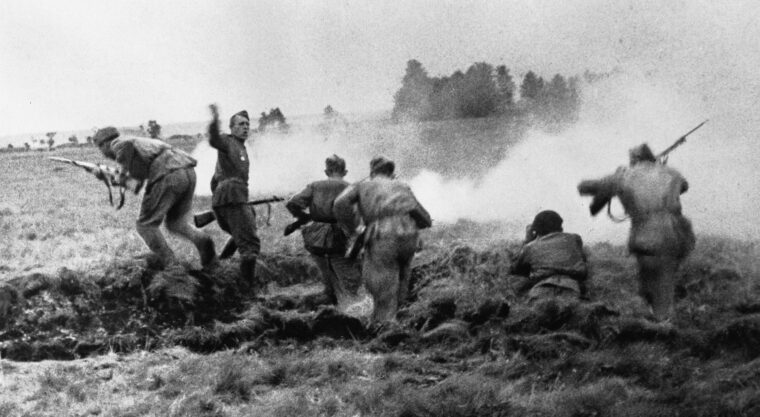
Stalingrad
Operation Bagration, the largest operation of World War II, has never been adequately acknowledged in the West to the same extent as a number of smaller campaigns. Read more

Stalingrad
American General George S. Patton, Jr., and German Field Marshal Erwin Rommel both demonstrated the masterful employment of armored forces in many World War II military campaigns. Read more
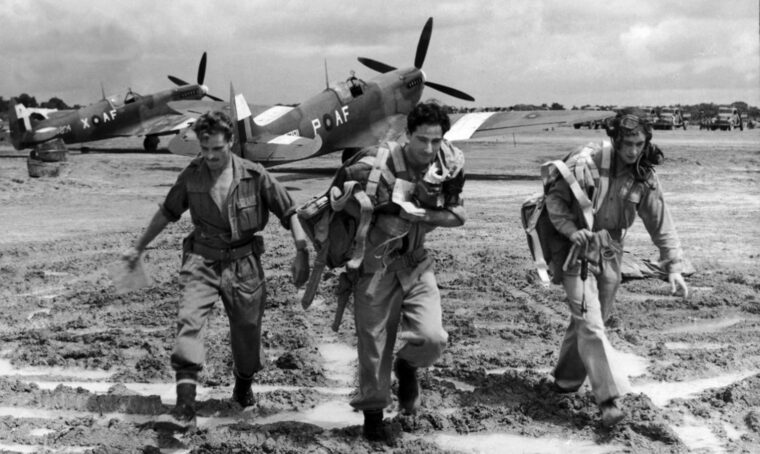
Stalingrad
On March 5, 1936, the new Supermarine Type 300 took off from Southampton, England. The plane would soon be called the Spitfire, and along with the Hawker Hurricane it would become Great Britain’s first line of defense. Read more